Facts about WWI and WWII that aren’t in textbooks
The World Wars were massive, globe-spanning conflicts that shaped modern history, but they’re not just about battles and treaties. There are countless intriguing stories and facts that often fly under the radar. From unconventional battles to unexpected heroes, these lesser-known tales add a fascinating layer to our understanding of these epic times. So, buckle up as we dive into some of the quirkiest and most surprising facts from the World Wars that might just make you see history in a new light.
The Ghost Army: WWII’s Masters of Deception
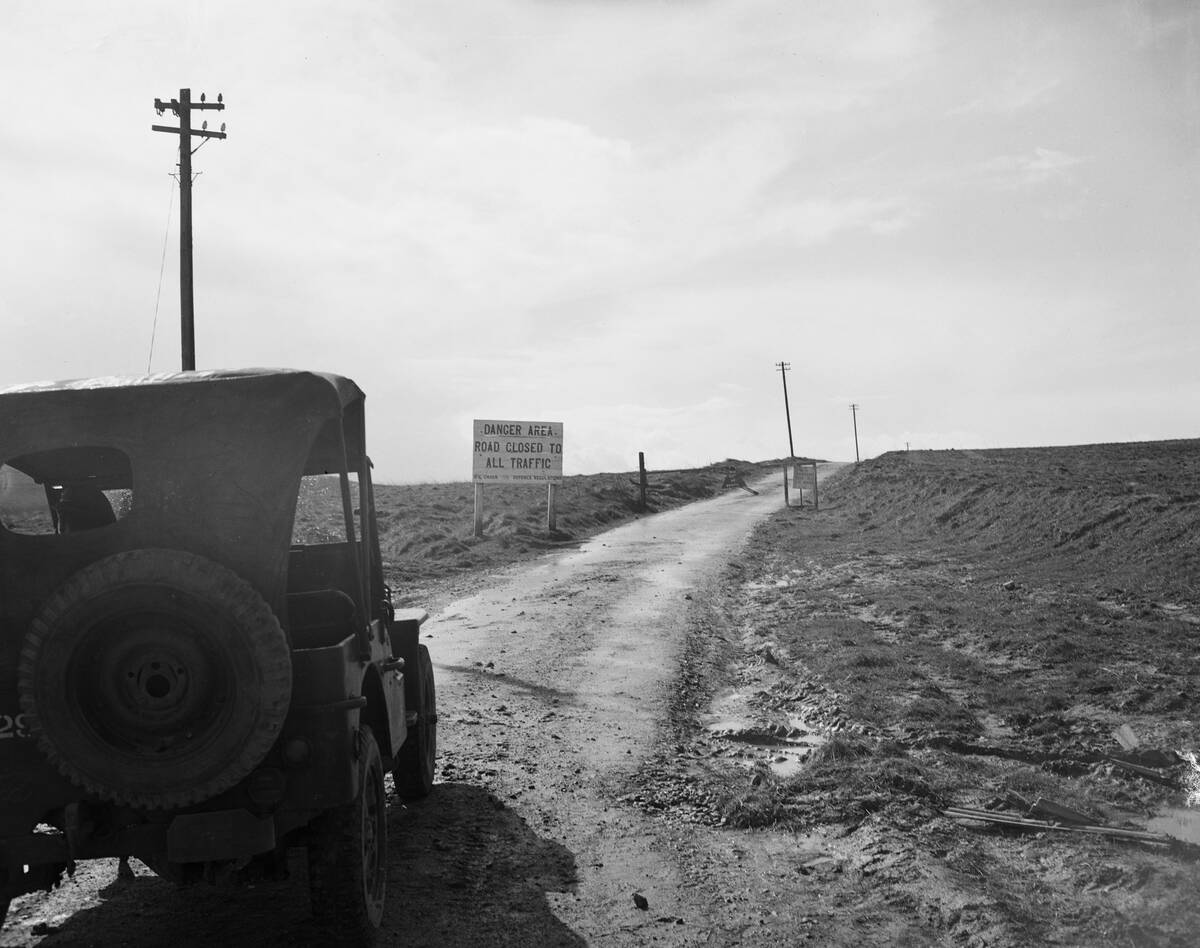
In WWII, the U.S. military deployed a top-secret unit known as the Ghost Army to outwit the Germans using deception rather than force. With inflatable tanks, sound trucks, and skilled artists, they created the illusion of massive troop movements. The Ghost Army’s tactics were so convincing that they are credited with saving thousands of lives by diverting enemy forces away from actual Allied operations. It’s a testament to the power of creativity and innovation in warfare.
The Christmas Truce of 1914: When Enemies Became Friends
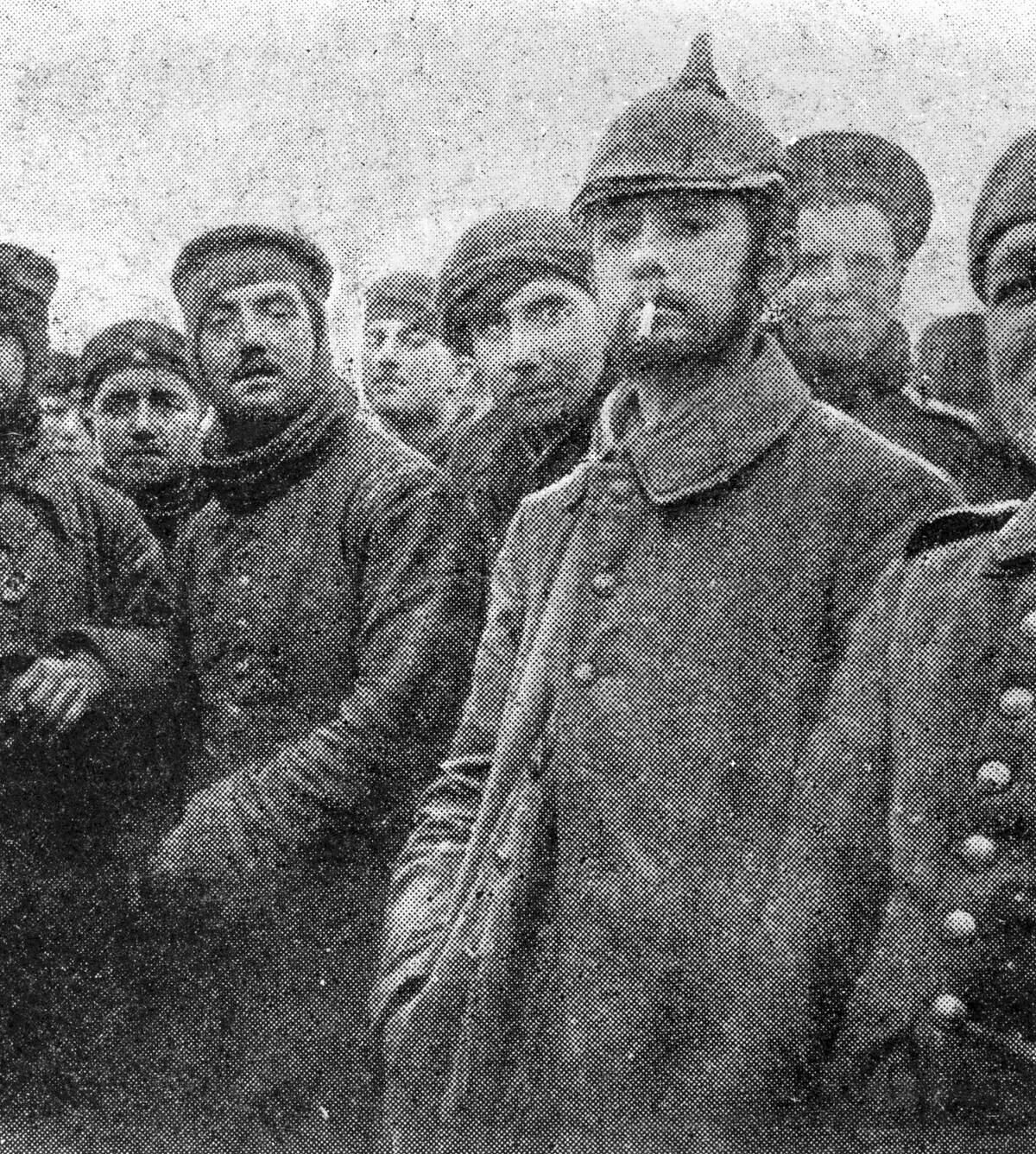
Amid the grim trenches of WWI, a remarkable event unfolded on Christmas Eve 1914. Soldiers on both sides laid down their arms and emerged from the trenches to celebrate together in a spontaneous truce. They exchanged gifts, sang carols, and even played football. This heartwarming moment of humanity and peace, albeit temporary, showed that even in the darkest times, the spirit of camaraderie and goodwill can prevail, offering a glimmer of hope in a war-torn world.
The Role of Carrier Pigeons: Feathered Heroes of the Wars
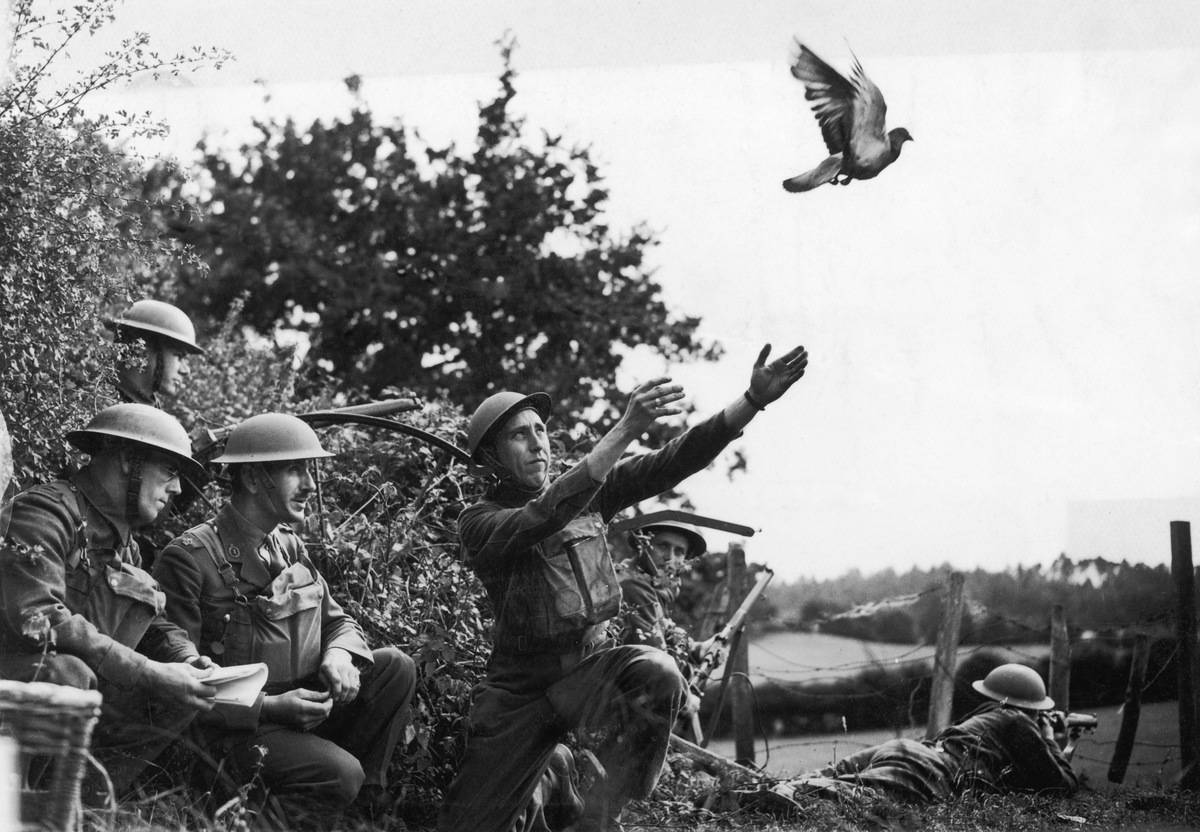
Carrier pigeons were the unsung heroes of both World Wars, delivering vital messages across enemy lines. Cher Ami, a famous pigeon, saved nearly 200 soldiers by delivering a message despite being injured. These birds were incredibly reliable, with a success rate of over 95% for delivering messages. Their contributions were so significant that many pigeons received medals for their service. These feathered messengers remind us that heroes can come in unexpected forms.
The Soldier Who Fought for Both Sides: Meet Joseph Beyrle
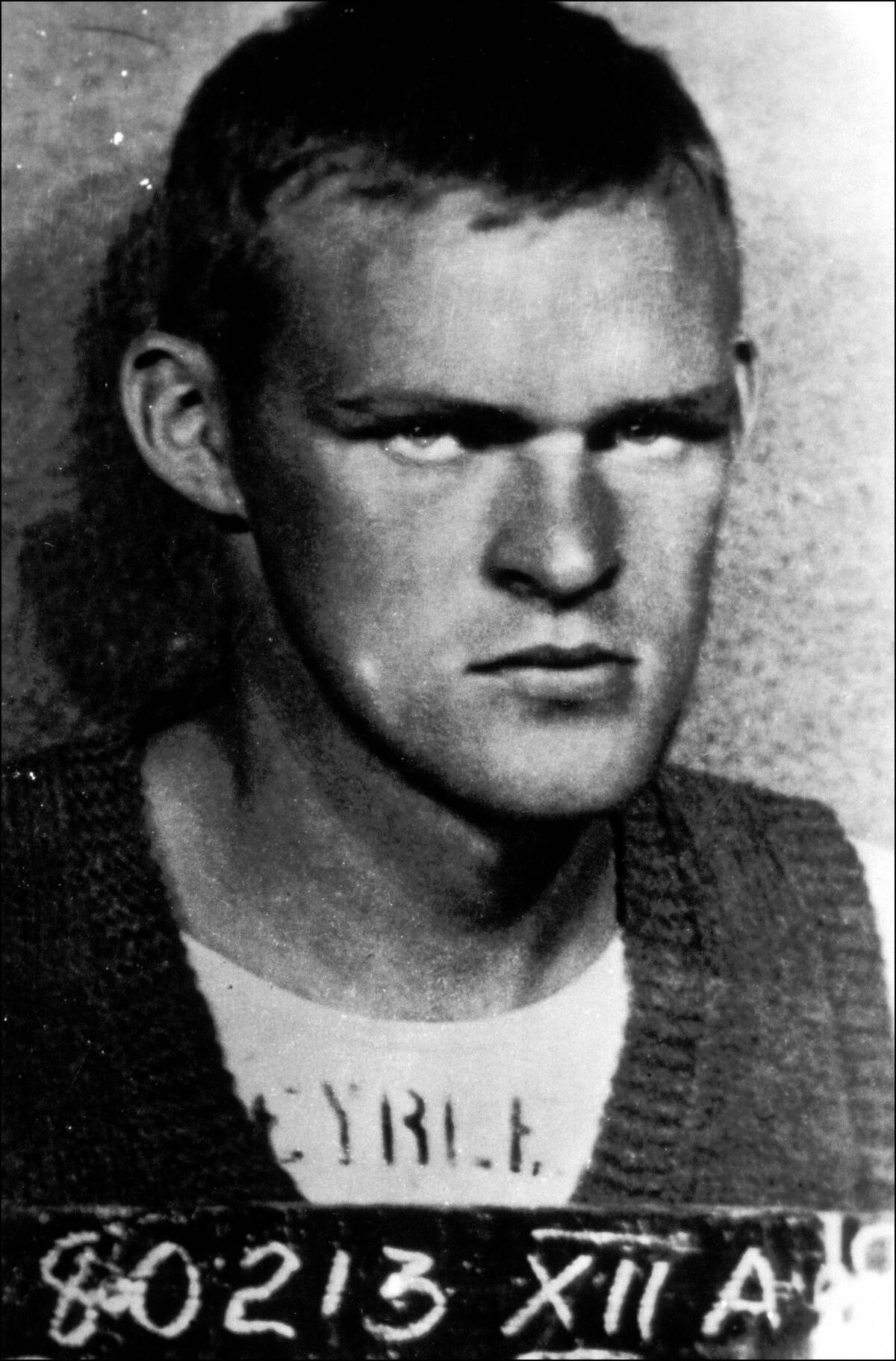
Joseph Beyrle’s story is one of the most unique tales from WWII. An American paratrooper, he was captured by the Germans but escaped to fight alongside a Soviet tank battalion. His dual service on both sides of the Eastern Front is a testament to his resilience and adaptability. Beyrle’s incredible journey highlights the complex human stories that emerge from wartime, where the lines between friend and foe can blur, and survival often depends on quick thinking and courage.
The Secret D-Day Forecast: How Weather Changed History
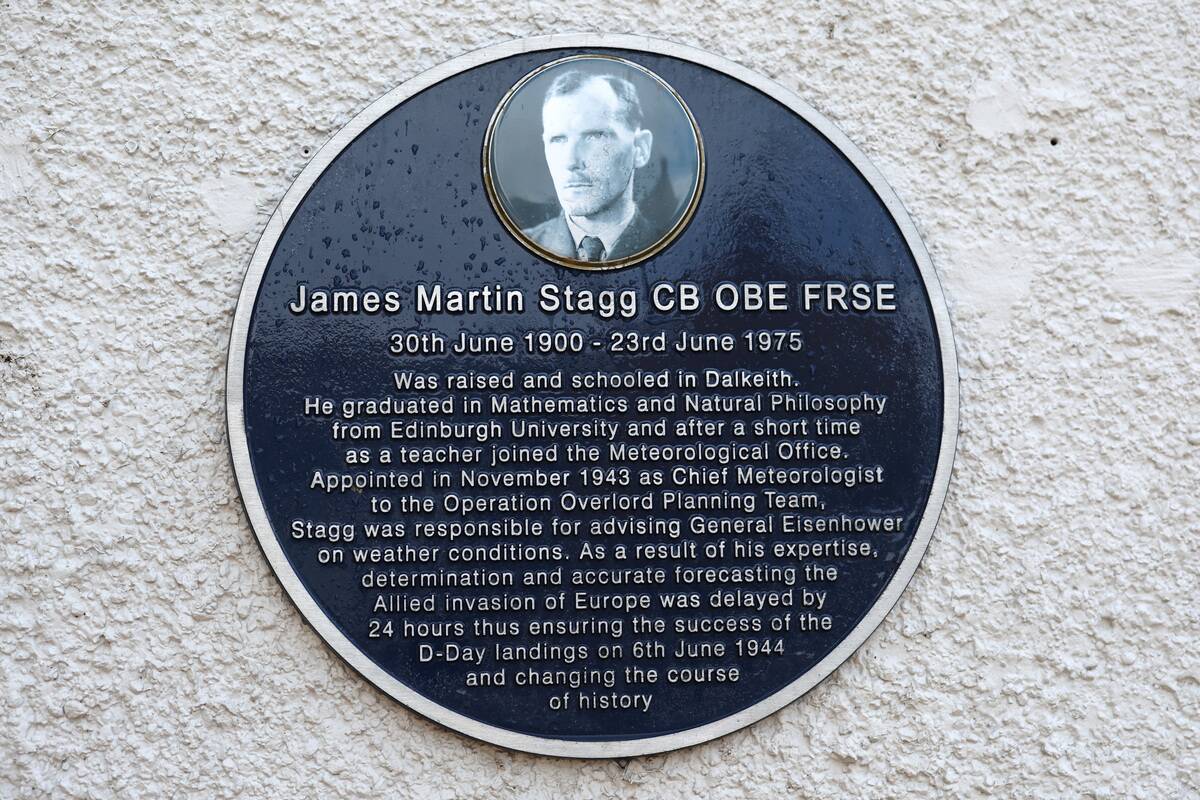
The success of D-Day hinged on a crucial element: the weather. Meteorologist James Stagg played a pivotal role by accurately predicting a break in the storms on June 6, 1944, allowing the Allied invasion to proceed. This forecast was critical, as rough seas and poor visibility could have led to disaster. The decision to launch the invasion during this brief window of favorable weather was a gamble that paid off, altering the course of history and underscoring the importance of meteorology in military strategy.
WWII’s Phantom Army: Patton’s Deceptive Tactics
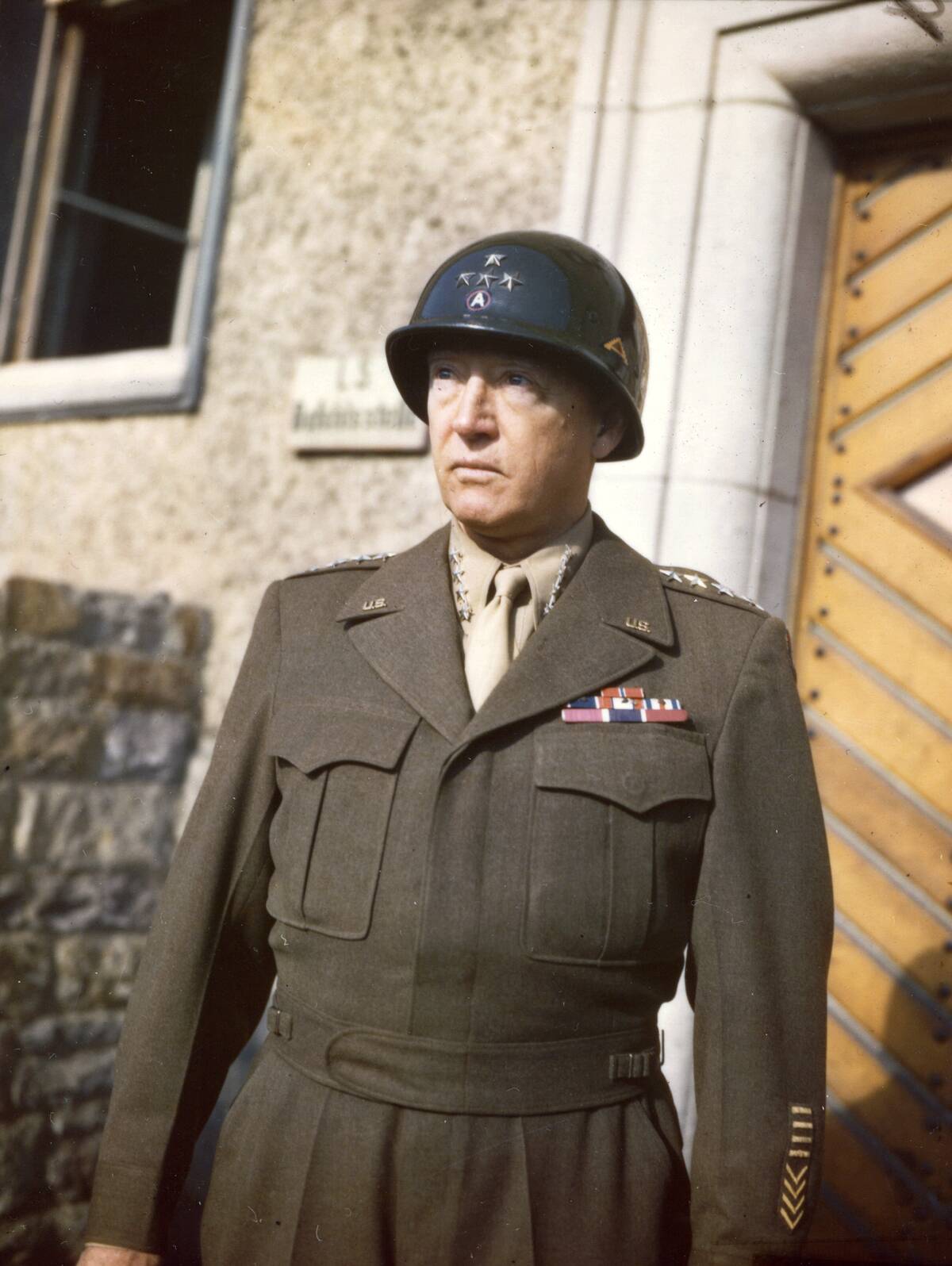
General George Patton was known for his aggressive tactics, but his role in creating a phantom army was a masterstroke of deception. The First U.S. Army Group, composed of fake tanks and aircraft, was used to mislead German intelligence about the location of the D-Day invasion. This ruse diverted German forces away from Normandy, contributing to the operation’s success. Patton’s phantom army exemplifies how misinformation and strategic deception can be powerful weapons in warfare.
The Battle of Los Angeles: The Night LA Fought an Imaginary Invasion
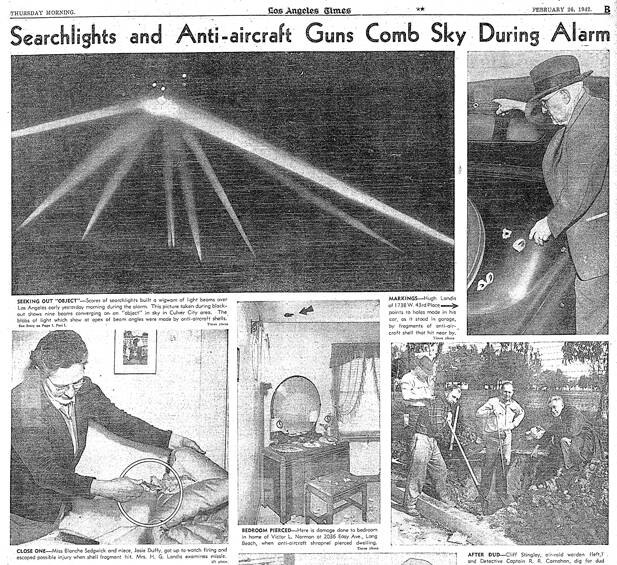
On a tense February night in 1942, Los Angeles was gripped by panic as anti-aircraft guns fired into the sky, fearing a Japanese air raid. What later became known as the Battle of Los Angeles turned out to be a false alarm, possibly triggered by weather balloons or nerves. Despite the lack of an actual enemy, the incident led to increased vigilance on the West Coast. It serves as a reminder of the fear and uncertainty that wartime can bring, even on the home front.
War and the Animal Kingdom: How Zoos Survived the Blitz
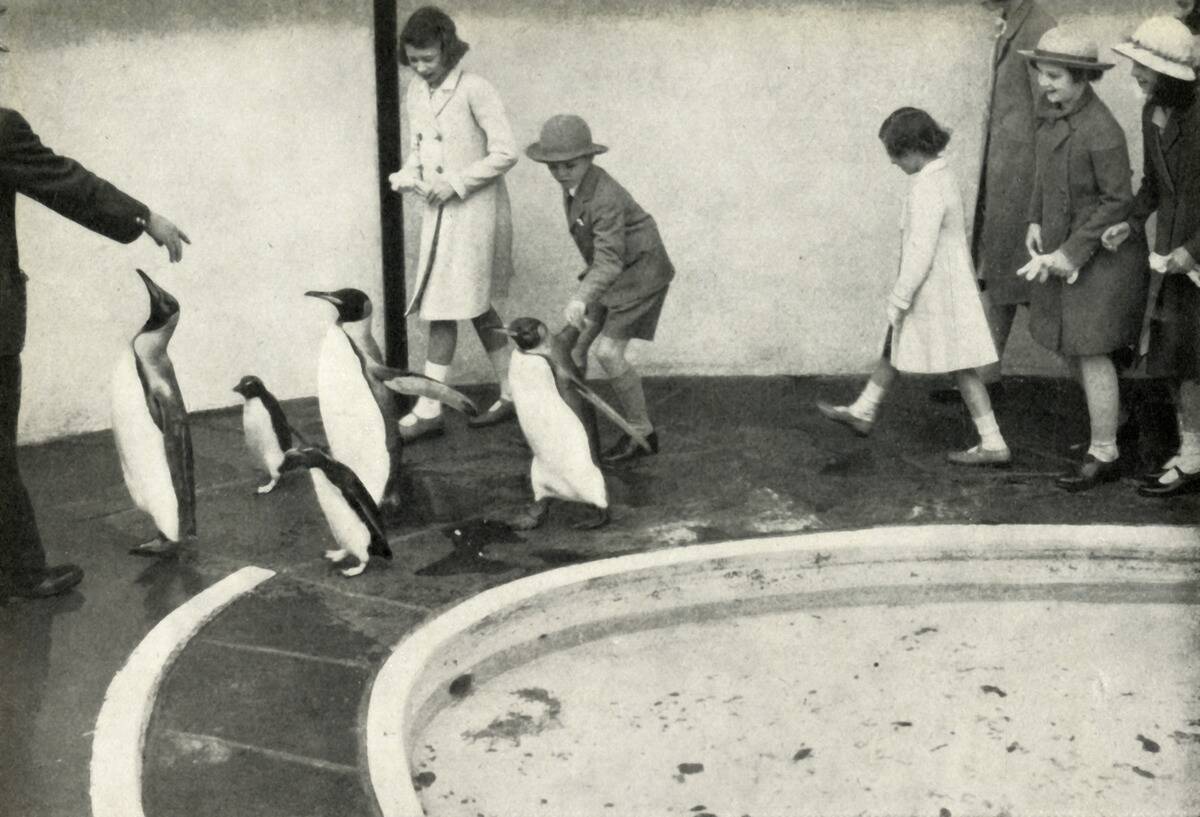
During the Blitz, London Zoo faced the daunting task of protecting its animals amid relentless aerial attacks. Staff took extraordinary measures, including moving animals to safer locations and even keeping penguins in the Underground. Some animals were relocated to Whipsnade Zoo, which offered more security. Despite the challenges, the zoo managed to persevere, a testament to the dedication of its staff. The survival of these animals during wartime highlights the often-overlooked impacts of war on all living beings.
The Japanese Balloon Bombs: The Surprising Weapon That Reached the US

Japan’s balloon bombs were an innovative yet largely ineffective weapon designed to cause havoc on American soil during WWII. These hydrogen-filled balloons carried explosives across the Pacific Ocean, using the jet stream to reach the U.S. While most failed to hit their targets, a tragic incident in Oregon resulted in six civilian deaths. The balloon bombs are a fascinating example of the lengths to which nations went to gain an advantage, even employing unconventional tactics in their quest for victory.
The Role of Women on the Home Front: Unsung Heroines of the War Effort
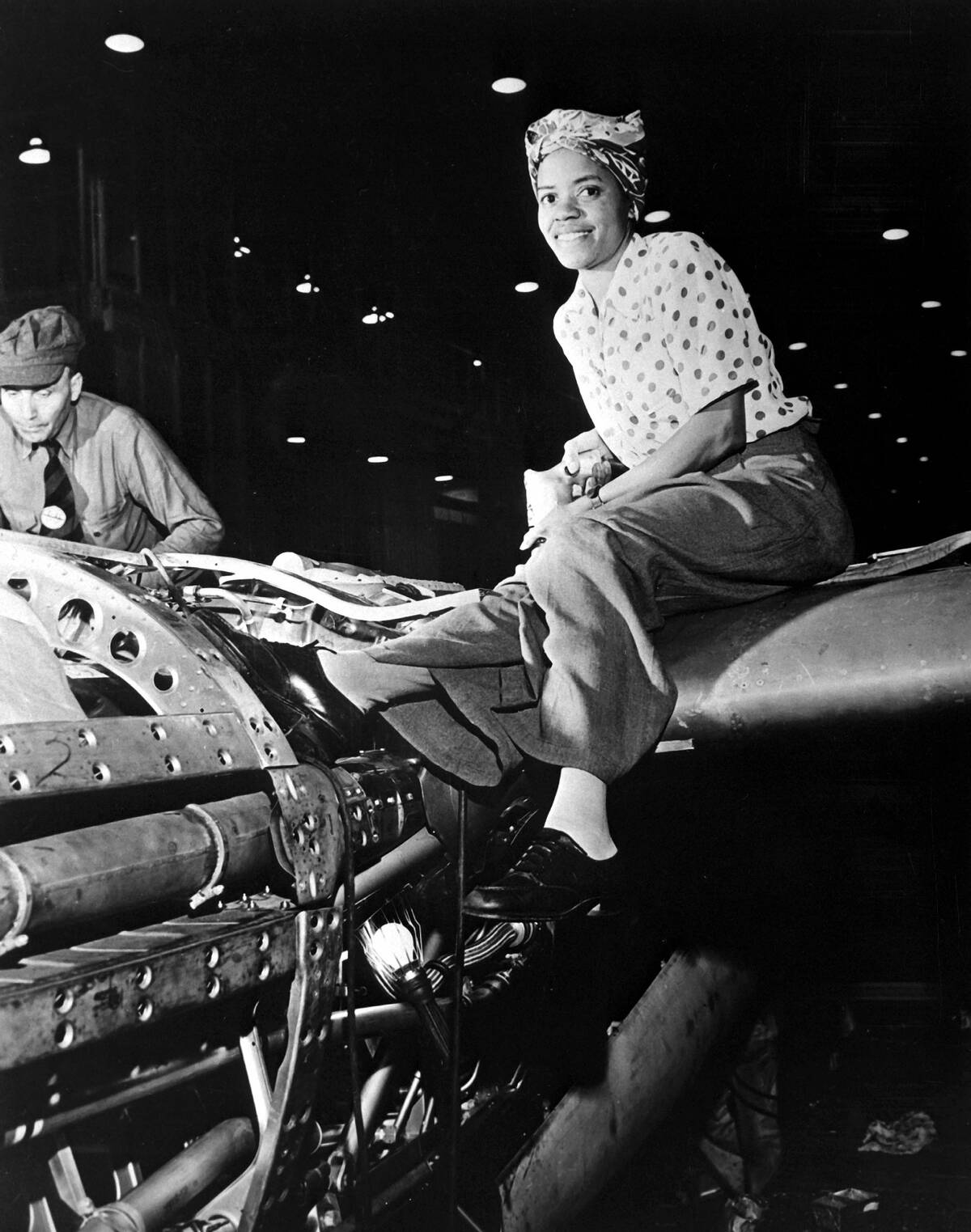
Women played a critical role on the home front during the World Wars, stepping into roles traditionally held by men. From factory work to farming, their contributions were vital to the war effort. In the U.S., the iconic image of Rosie the Riveter symbolized female empowerment and resilience. Across the globe, women proved their mettle, ensuring that nations could continue to function despite the turmoil. These unsung heroines laid the groundwork for future generations, challenging societal norms and redefining gender roles.
WWII’s Monuments Men: Art Protectors in the Line of Duty
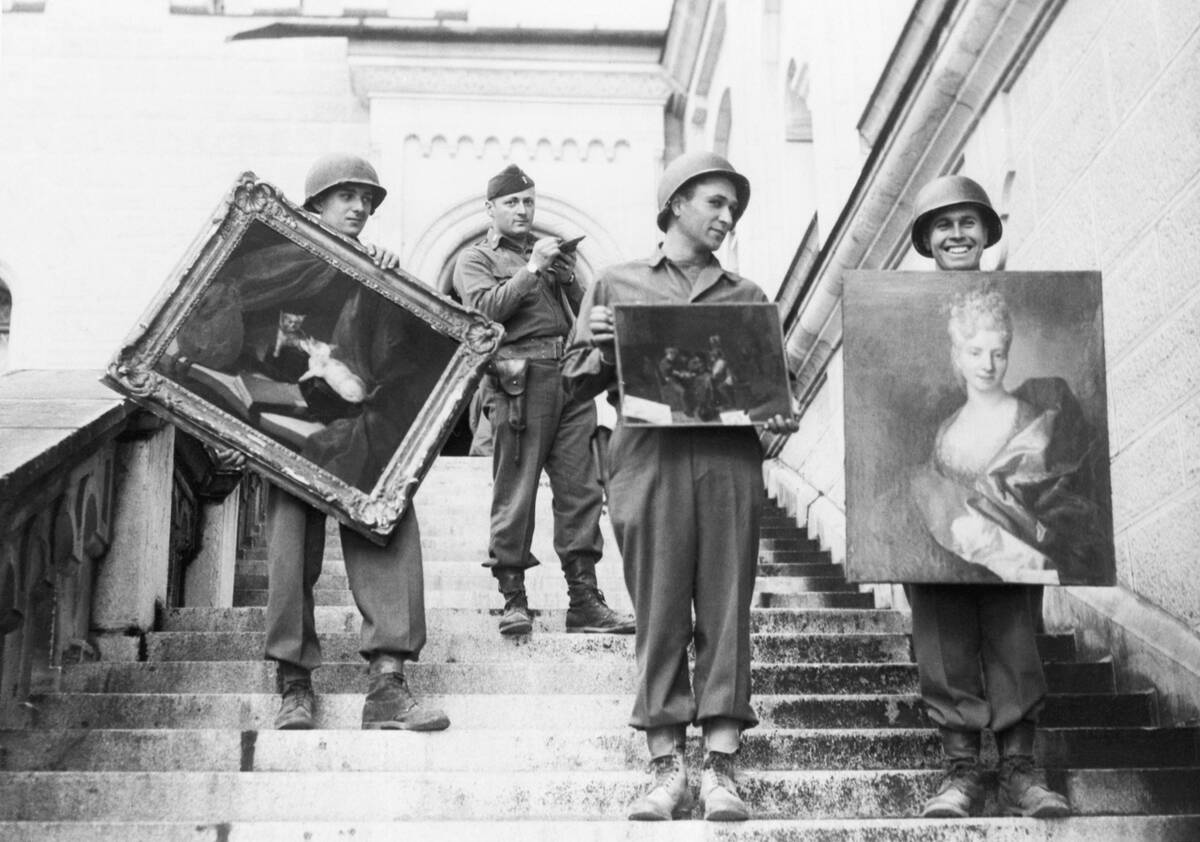
The Monuments Men were a group of Allied soldiers tasked with protecting and recovering art during WWII. They worked tirelessly to prevent the destruction of cultural treasures and to locate stolen artworks. Their efforts saved countless pieces, including works by Vermeer and Rembrandt, from being lost forever. The Monuments Men underscore the importance of preserving cultural heritage, even amid the chaos of war, and their legacy continues to inspire efforts to protect art in conflict zones today.
The Strange Tale of the “Great Panjandrum”: A WWII Weapon That Failed Spectacularly
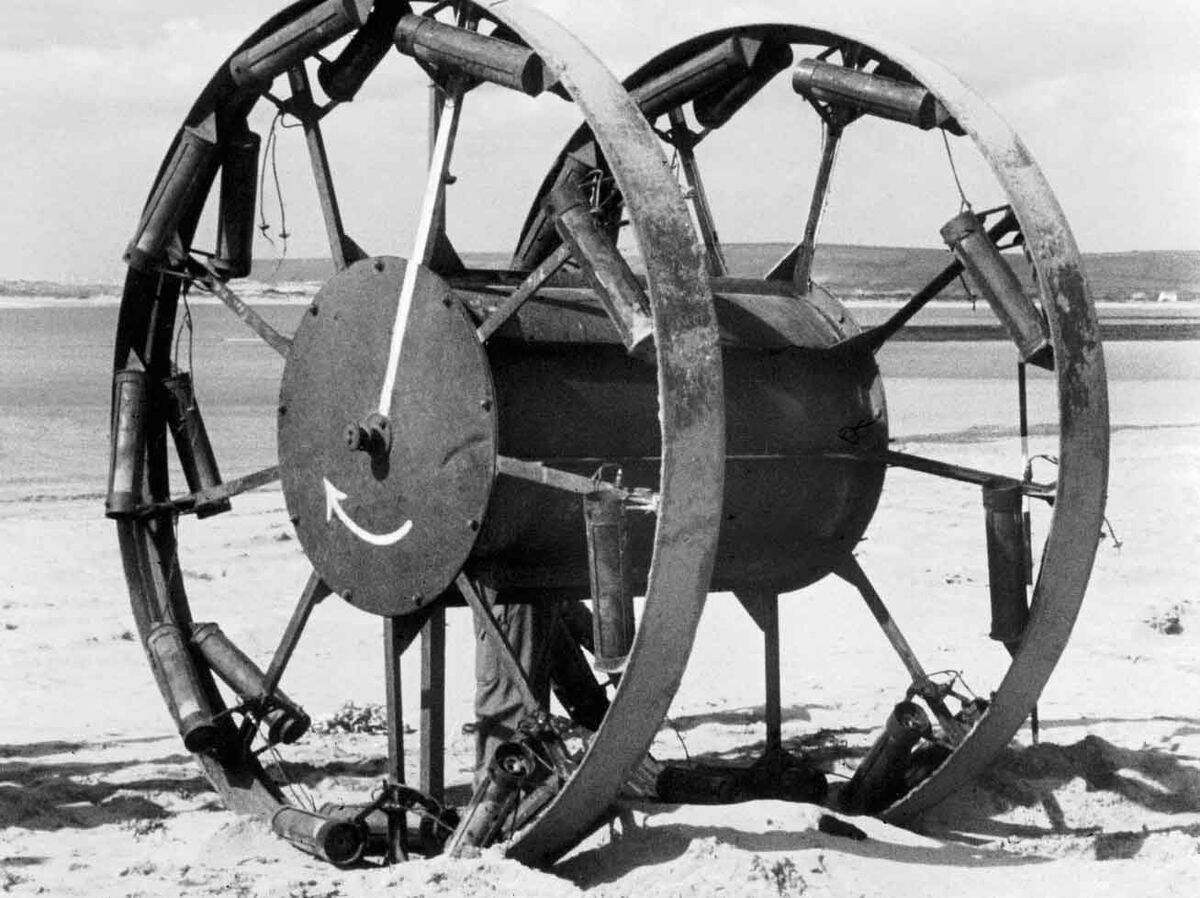
The Great Panjandrum was a bizarre British invention intended to breach German defenses on D-Day. Consisting of large, rocket-powered wheels filled with explosives, it was meant to roll into enemy lines. However, in tests, it often veered off course, posing more danger to its operators than the enemy. The Panjandrum never saw action, but its story remains a curious footnote in military history, illustrating that not every innovative idea turns out as planned.
The Code Talkers: Native American Languages as Unbreakable Codes
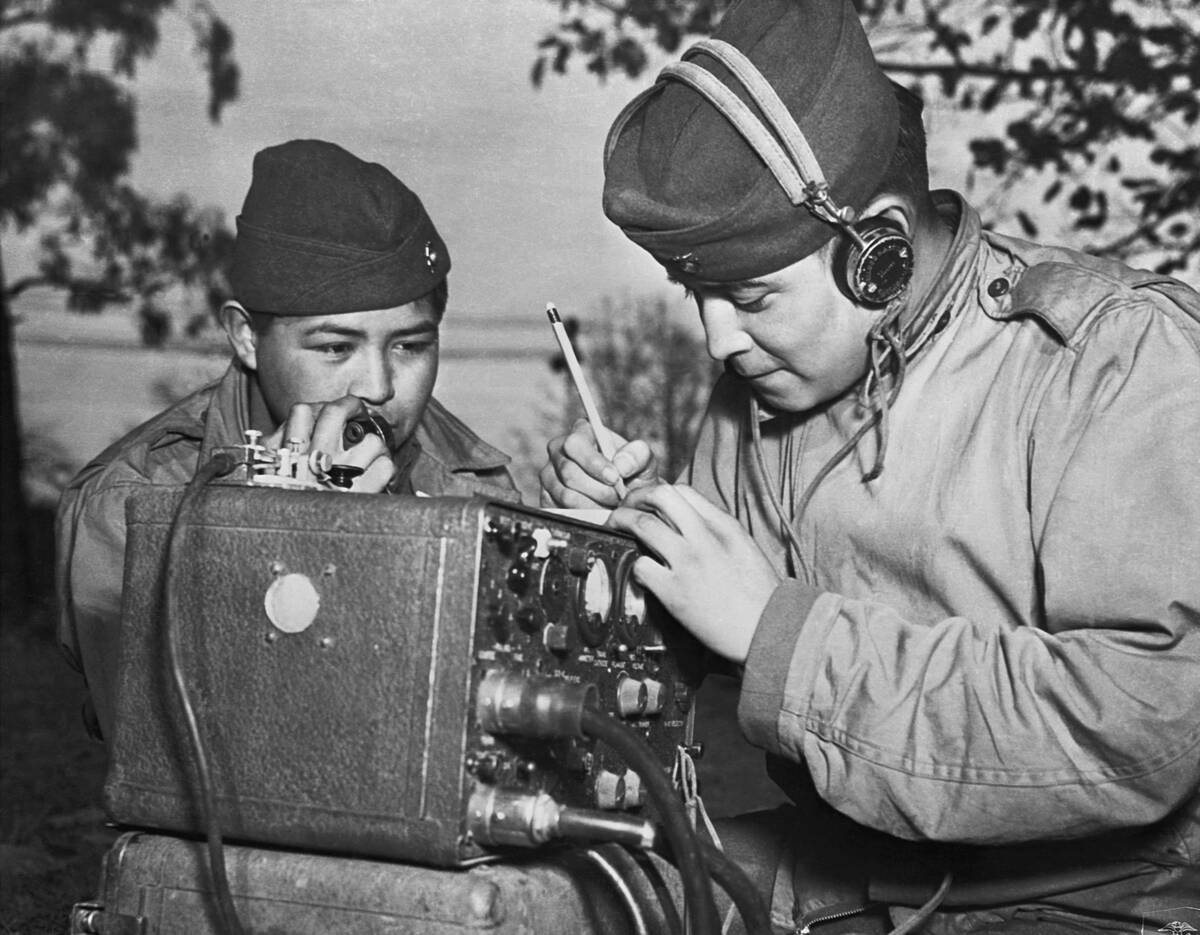
Native American Code Talkers played a crucial role in both World Wars by using their languages to transmit coded messages. The complexity and uniqueness of languages like Navajo made them nearly impossible for enemy forces to decipher. Their efforts were pivotal in several operations, including the Battle of Iwo Jima. Despite their significant contributions, Code Talkers were not widely recognized until decades later. Their legacy is a proud reminder of the diverse contributions to the war effort and the power of cultural heritage.
The Role of Espionage: Spies Who Changed the Course of the Wars
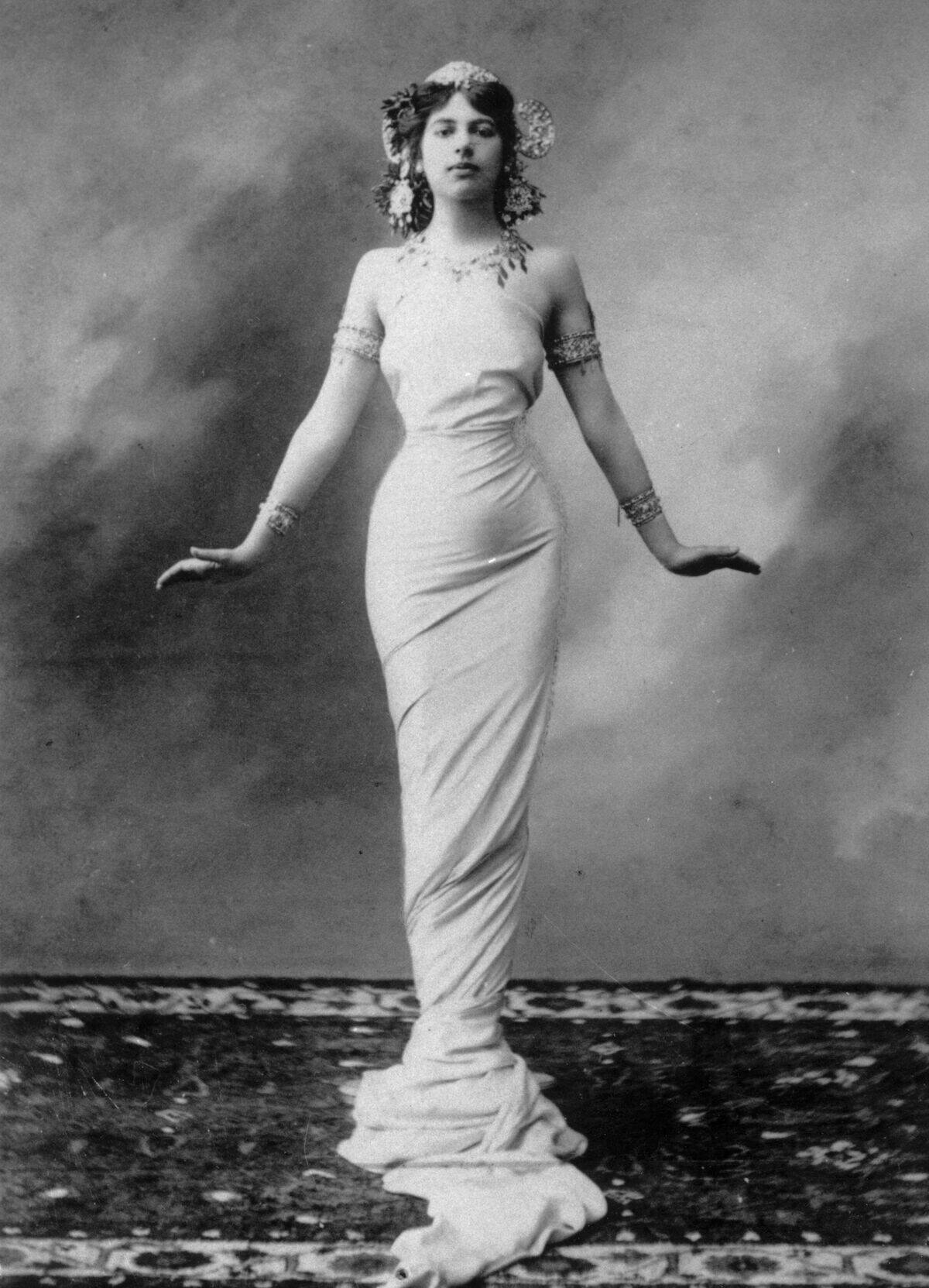
Espionage was a critical component of both World Wars, with spies gathering intelligence that influenced key decisions. Figures like Mata Hari and the Cambridge Five became infamous for their roles, while others, like Virginia Hall, operated in the shadows. Hall, an American with a prosthetic leg, worked for the British Special Operations Executive and was instrumental in the French Resistance. These spies risked their lives in a dangerous game of cat and mouse, proving that information can be as powerful as any weapon.



